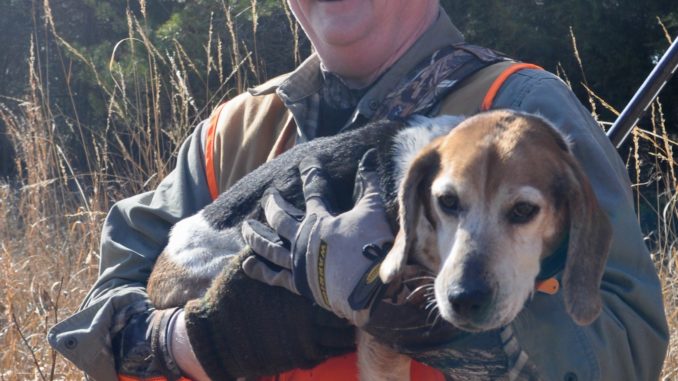
The lineage of beagles extends to Greece, in the fifth century B.C., where a small hound that hunted hares and was followed on foot was mentioned in “Treatise on Hunting”, but England is the modern beagle’s country of origin.
In the 11th century, William the Conqueror brought Talbot hounds to Britain and later crossed them with St. Hubert Hounds. Experts believe the Talbot strain probably gave rise to the Southern Hound, likely an ancestor of the modern beagle.
Rev. Phillip Honeywood established England’s first beagle pack in the 1830s. His dogs were pure white and small, standing about 10 inches at the shoulder. England had 18 beagle packs by 1887.
America’s first imported beagle strain appeared in the 1840s, but they resembled dachshunds. In the early 1870s, Gen. Richard Rowett of Illinois brought some dogs from England and began breeding Rowett’s Beagles, models for the first American standard tri-color (white-black-tan) beagle.
No dog breed has a better sense of smell than the beagle. Only bloodhounds and Basset hounds come close.
A 13-year study of canine behavior tested the scenting abilities of various breeds by putting a mouse in a one-acre field and timing how long it took dogs to find it.
Beagles found it in less than a minute, while Fox terriers took 15 minutes, and Scottish terriers didn’t find it at all.




Be the first to comment